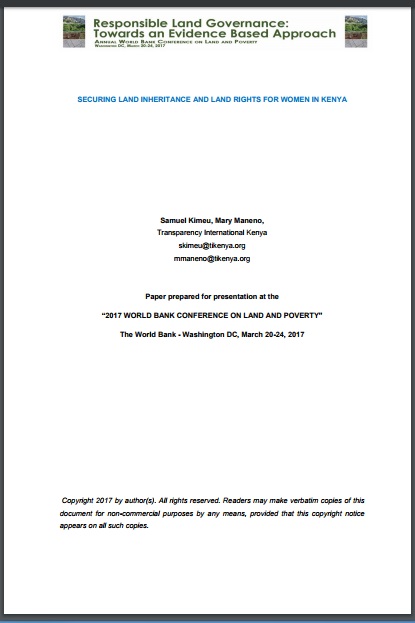How Can Social Safeguards of REDD+ Function Effectively Conserve Forests and Improve Local Livelihoods? A Case from Meru Betiri National Park, East Java, Indonesia
The National REDD+ (Reducing Emissions from Deforestation and Forest Degradation-Plus) Strategy in Indonesia highlights the importance of local participation and the reform of land tenure in the success of forest conservation. National parks are a main target area for REDD+. National parks in Indonesia have been suffering from forest destruction and conflicts between governments and local communities.





